Travel To Rwanda From Your Kitchen
We may not be able to travel at this time, but we can bring culture to our kitchen! We can connect with others globally by cooking the foods they eat and learning the traditions they carry. Today we are bringing you through a day in a Rwandan kitchen!
1. Your day does not begin in the kitchen – but in the fields. Most families have small fields from which they can harvest fresh ingredients in season. Communities also have central markets where fresh vegetables and legumes are sold. Each day also begins with collecting freshwater from the local water source.
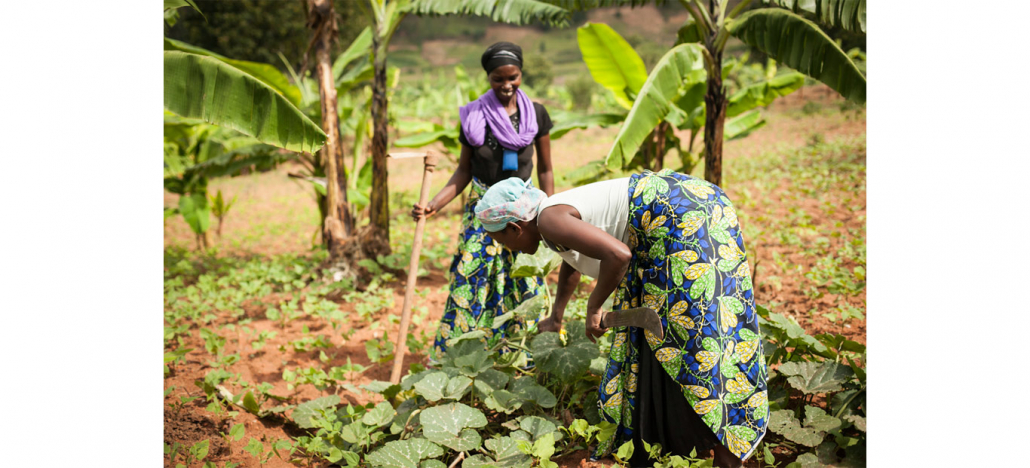
2. Once fresh ingredients and water have been collected, your food preparation begins. Lots of washing, peeling, pounding, and grinding occurs. Each meal is made by hand and can take up to three hours to prepare.
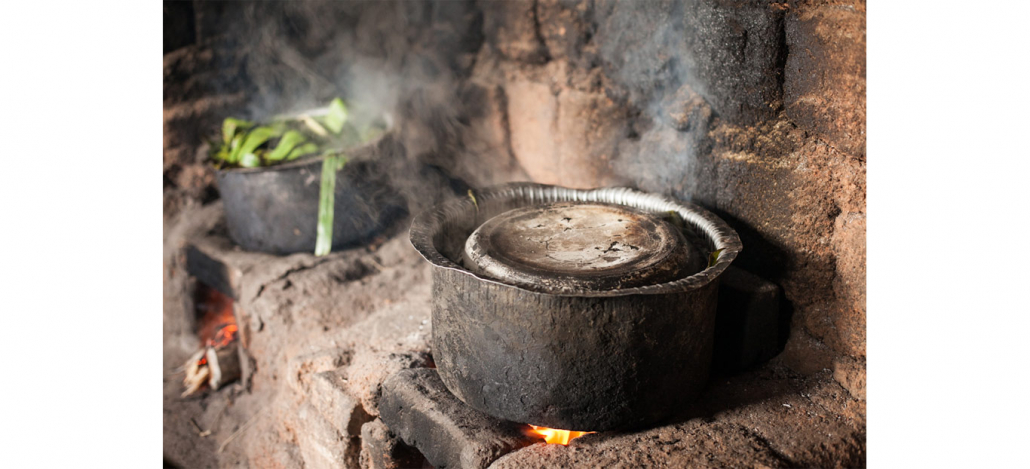
3. Once your meal has completed cooking in the outdoor kitchen, it will be time to enjoy! Choose to eat with a fork or with your fingers, as the locals do!
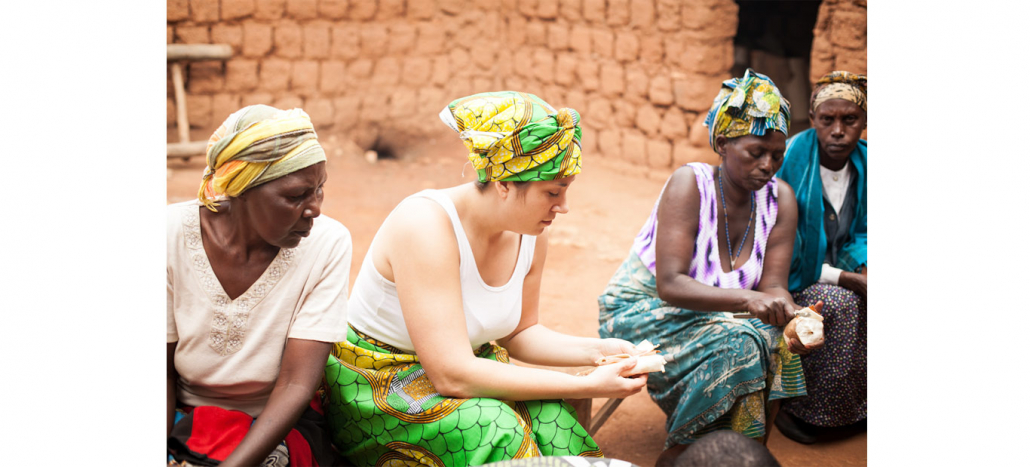
Want to immerse yourself in Rwandan culture?
Now onto traditional meals and how we can recreate them (recipe below). Agriculture is one of the key sources of livelihood in Rwanda, which means lots of vegetables! You will find many dishes filled with bananas, beans, white sweet potatoes and cassava.
Ibitoki
Green cooking bananas, similar to plantains, are comfort food in Rwanda and has the consistency of a potato when cooked. You can boil, bake, mash, fry, roast or even ferment them into a beer.
Igisafuria – meaning ‘pot’ in Rwandan.
This dish received its name due to all of the ingredients being cooked in a single pot. This dish is similar to a stew and has many variations that can be found in different regions of Rwanda.
Brochettes
Meat is not a common meal in Rwanda, but when at a neighborhood grill, you’ll find it on a skewer. These Rwandan kebabs of beef, goat, or organ meat are marinated with a variety of spices, grilled over a charcoal fire, and served alongside roasted potatoes known as Ibirayi.
Kawunga & Ubugali
A common, hearty side dish that is paired with a variety of vegetables, meats, and especially beans. Much like West African Fufu, this dish is like a very firm porridge, made simply with boiling water and cornflour (Kawunga) or cassava flour (Ubugali). For an authentic experience, eat it with your fingers!
Mandazi
A common snack in Rwanda – simple, unsweetened fried pastries that are sometimes referred to as “African doughnuts.”
Isombe
One of the most beloved dishes in Rwanda served alongside rice. Isombe is made with pounded cassava leaves mixed with a variety of green leafy vegetables. In Rwanda, its flavor and fullness come from a spoonful of peanut flour mixed in at the end.
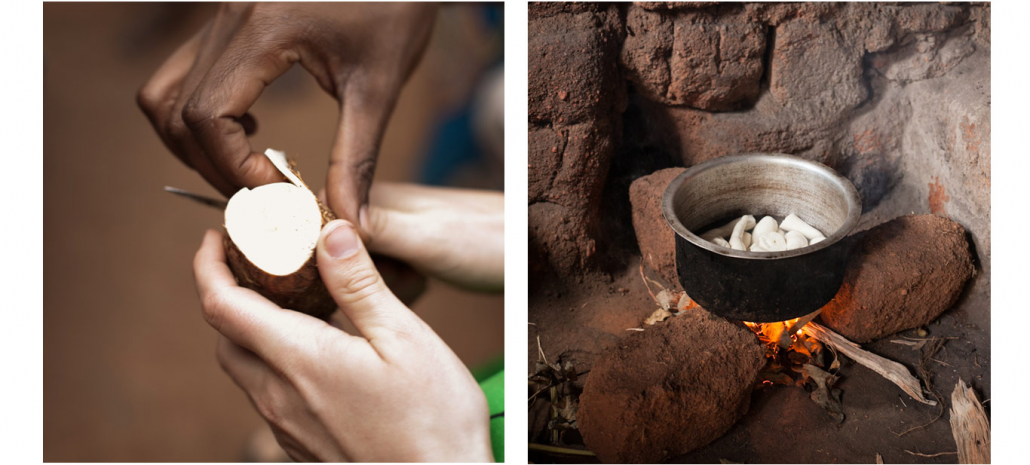
Ingredients of Isombe Recipe
- 2 bunches of cassava leaves, washed and chopped (can substitute with kale or collard greens)
- 2 green onions, chopped
- 2 medium eggplants, cut into chunks
- 2 packages of spinach, washed and chopped
- 1 stalk of celery – 2 green peppers, sliced into pieces
- 2 cloves of garlic
- 1 vegetable stock cube
- 3 tbsp peanut butter
Cooking Instructions
- Boil cassava leaves until tender.
- Add chopped green onions, eggplants, spinach, celery, green peppers, and garlic.
- Cook on medium heat for 10 minutes.
- Add vegetable stock and peanut butter.
- Simmer for 10 minutes, stirring occasionally.
- Blend to a rough purée
- Serve with rice, boiled potatoes or kawunga.
Did you try this recipe? Email us at info@azizilife.com or tag us on social media at @azizilife to tell us about your experience!

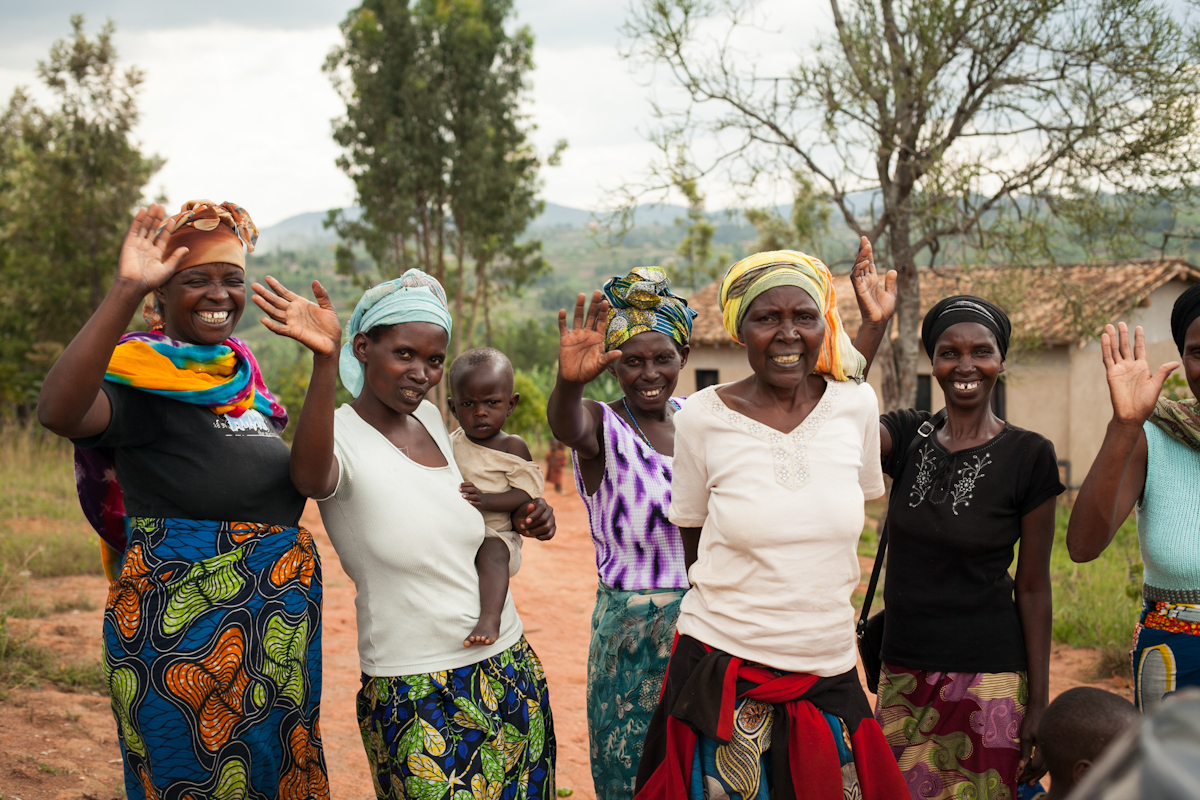




Leave a Reply
Want to join the discussion?Feel free to contribute!